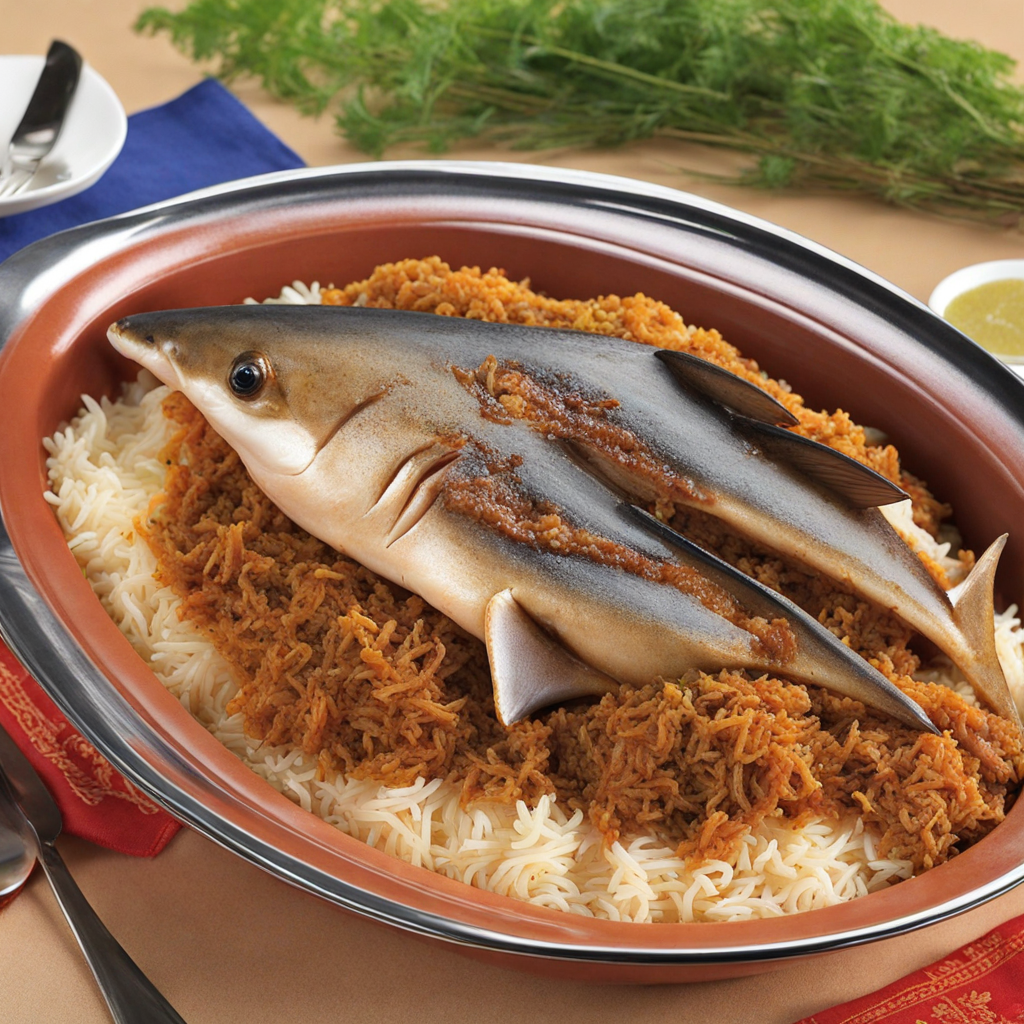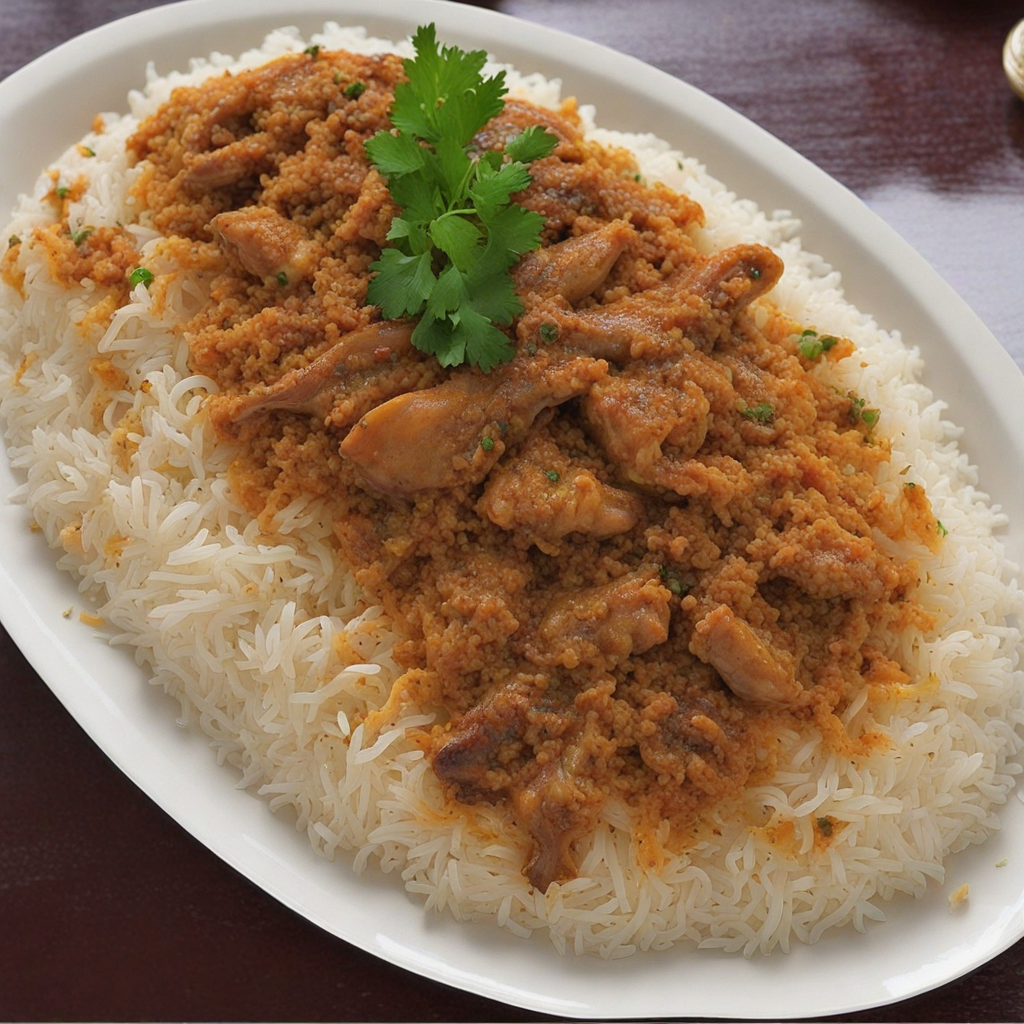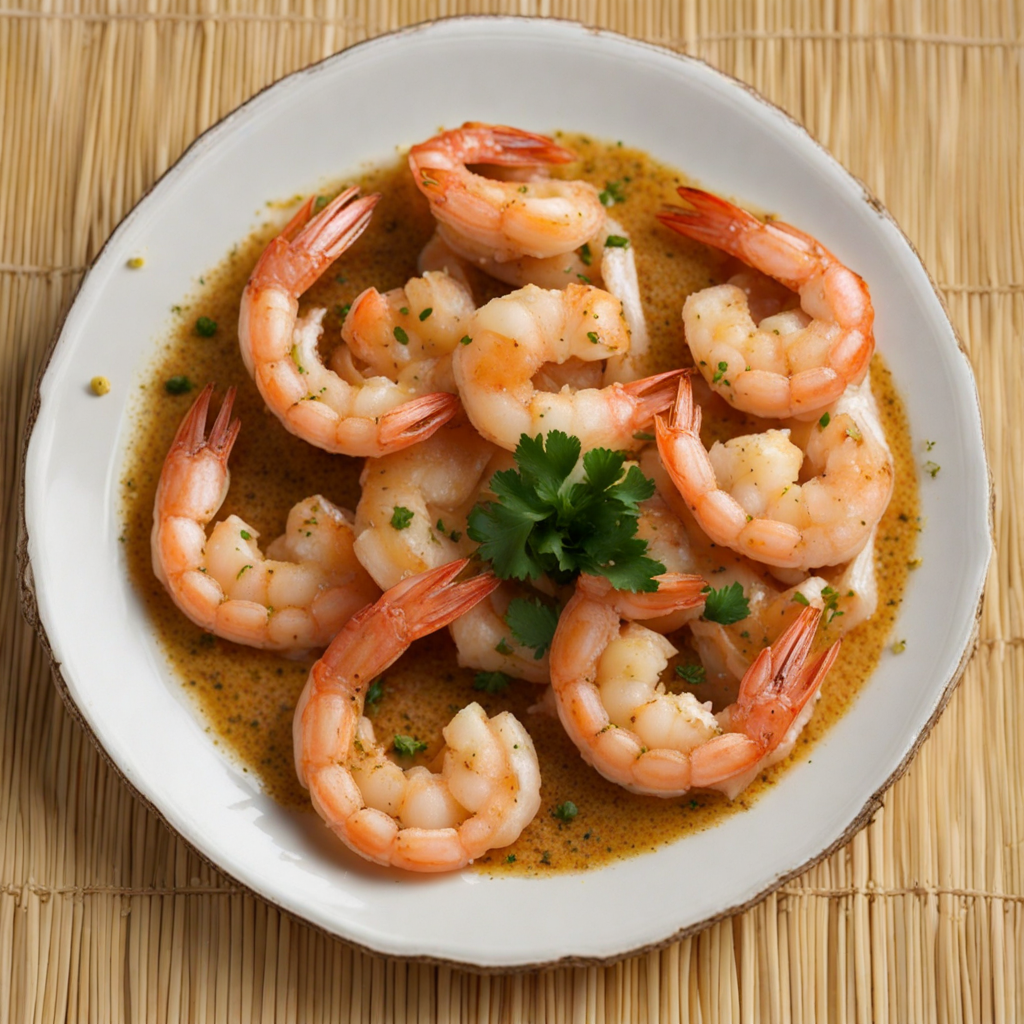Jesheed
Jashid, a traditional Omani dish, holds a special place in the culinary landscape of Oman, showcasing the rich cultural heritage and agricultural practices of the region. This dish is primarily made from a unique type of dried fish known as "jashid," which is commonly derived from various species, including tuna or mackerel. The practice of drying fish has been a vital part of Omani cuisine for centuries, stemming from the country's historical reliance on fishing and trade along its extensive coastlines. Jashid is not just a meal but a reflection of the Omani people's ingenuity in preserving food in a harsh environment. The flavor profile of jashid is distinctive and robust, characterized by a rich umami taste that emerges from the drying process. When prepared, jashid has a slightly salty and smoky flavor, which can vary depending on the specific fish used and the preparation methods. The fish is often rehydrated before cooking, allowing it to absorb moisture and soften, while still retaining its unique flavor. This dish is typically enjoyed with a variety of accompaniments that enhance its taste, including rice, traditional flatbreads, and a medley of spices that can range from cumin to turmeric, infusing the meal with aromatic warmth. The preparation of jashid involves several steps that reflect the time-honored techniques of Omani cooking. First, the chosen fish is cleaned and filleted before being salted and sun-dried to create the jashid. This preservation method
How It Became This Dish
The History of جشيد (Jashid) in Oman: A Culinary Tradition Rooted in Culture and Resilience Origins of جشيد Jashid, a traditional Omani dish, is a fascinating reflection of the country’s rich cultural tapestry and culinary evolution. The dish, primarily made from crushed wheat, is often combined with spices, dates, and sometimes meat, creating a hearty meal that embodies the essence of Omani hospitality. While the exact origins of Jashid are difficult to pinpoint, its roots are deeply intertwined with the agricultural practices and nomadic lifestyle of the Omani people, particularly among the Bedouin tribes. Historically, Oman has been characterized by its arid landscape and limited water resources, which shaped the dietary preferences of its inhabitants. The cultivation of grains, especially wheat and barley, was essential for survival, leading to the use of these staples in various forms of cuisine. Jashid, with its simple yet nutritious ingredients, emerged as a practical solution for sustenance, especially for those living in remote areas. Cultural Significance In Oman, food is not merely a means of nourishment but a vital aspect of cultural identity and social bonding. Jashid is emblematic of this ethos, often served during important gatherings, celebrations, and religious festivities. It is a dish that symbolizes generosity and hospitality, reflecting the Omani tradition of welcoming guests with an array of culinary offerings. The preparation and sharing of Jashid often involve communal participation, reinforcing social ties among families and friends. Traditionally, it is common for families to come together to prepare and enjoy Jashid, particularly during special occasions such as Eid celebrations or weddings. This communal aspect of the dish fosters a sense of unity and belonging, making Jashid not just a meal but a shared experience that strengthens relationships. Ingredients and Preparation The primary ingredient in Jashid is crushed wheat, which is often toasted to enhance its nutty flavor before being cooked. The preparation process typically involves boiling the wheat until it becomes soft, followed by the addition of spices such as cumin, coriander, and sometimes cardamom. Dates, a staple in Omani cuisine, are often included, adding natural sweetness and richness to the dish. In some variations, meat—usually goat or chicken—is added, making Jashid a more substantial meal. The method of preparation may vary from region to region, reflecting local customs and available ingredients. In coastal areas, for instance, seafood might be incorporated, while inland communities may rely on more traditional land-based ingredients. This adaptability has allowed Jashid to endure through the ages, continually evolving while maintaining its core identity. Development Over Time As Oman entered the modern era, the culinary landscape began to change. The discovery of oil in the 20th century brought about significant economic transformations, leading to increased urbanization and shifts in lifestyle. While traditional dishes like Jashid remained cherished, the introduction of new ingredients and cooking methods began to influence Omani cuisine. Despite these changes, Jashid has retained its cultural significance. The dish is often featured in culinary festivals and events that celebrate Omani heritage, ensuring that the younger generations appreciate its historical roots. In contemporary times, chefs have experimented with Jashid, incorporating modern culinary techniques while respecting traditional flavors. This fusion of old and new has sparked renewed interest in the dish, attracting both locals and tourists alike. Jashid in Contemporary Oman Today, Jashid is often served in restaurants and during special cultural events, showcasing its evolution while honoring its traditions. It stands as a testament to Oman’s ability to embrace change while preserving its culinary heritage. The dish has become a symbol of national pride, representing not only the flavors of Oman but also the resilience and adaptability of its people. In recent years, there has been a growing movement to promote traditional Omani cuisine, with chefs and food enthusiasts advocating for the revival of dishes like Jashid. This resurgence is not just about preserving the past; it also serves as a way to connect with younger generations who may be more inclined to explore global cuisines. By emphasizing the importance of dishes like Jashid, Omani culture aims to instill a sense of pride in its culinary heritage. Conclusion Jashid is more than just a dish; it is a narrative of Oman’s history, culture, and the resilience of its people. From its origins rooted in the agricultural practices of ancient tribes to its contemporary status as a cherished symbol of hospitality and community, Jashid encapsulates the essence of Omani life. As Oman continues to navigate the complexities of modernity, the preservation and celebration of traditional foods like Jashid become essential in maintaining a connection to the past while fostering a sense of national identity. In a world where globalization often overshadows local traditions, Jashid serves as a reminder of the importance of culinary heritage. It invites us to explore the stories behind our food, to appreciate the cultural significance embedded in each dish, and to recognize the role of food in shaping our identities. As Oman continues to embrace its rich culinary heritage, Jashid remains a delicious link to the past and a flavorful promise for the future.
You may like
Discover local flavors from Oman







